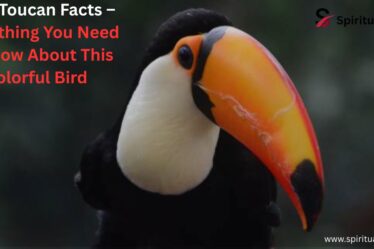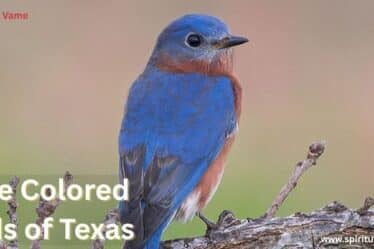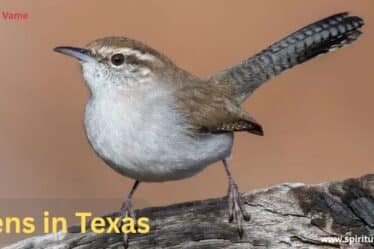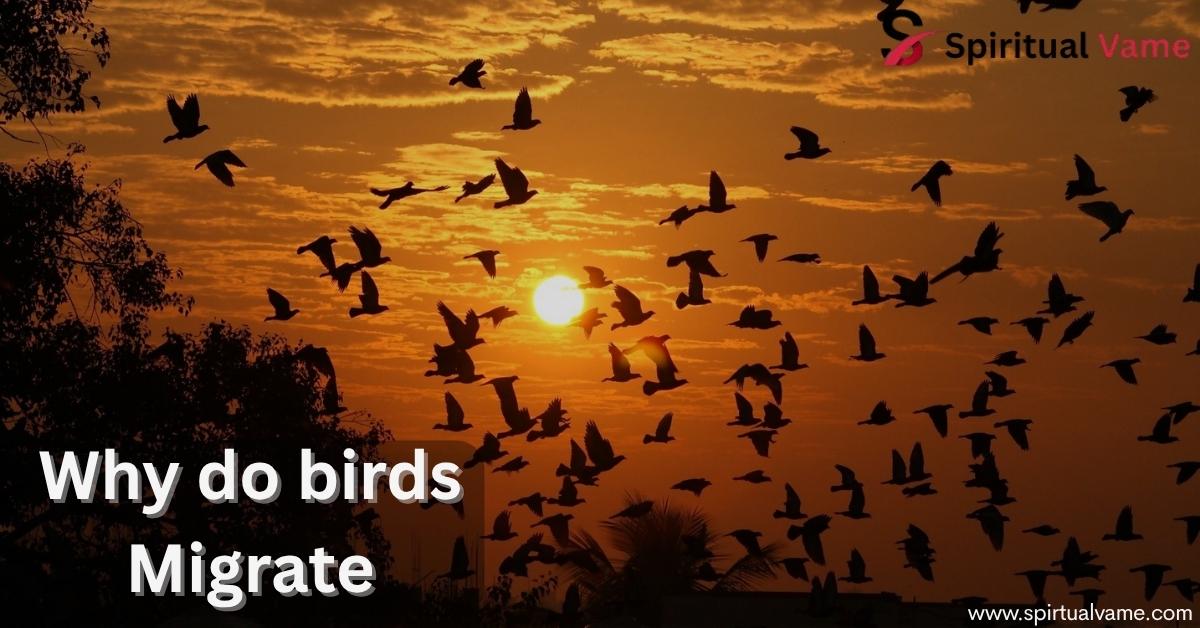
Birds are some of the most amazing travelers on Earth. Every year, they fly thousands of miles to find food, safe places to nest, and better weather. But why do birds migrate? The answer lies in survival. Changing seasons, cold winters, and food shortages push birds to move. They travel between their breeding and wintering grounds to stay alive. Across mountains, rivers, and even oceans, their journeys are full of risks. Still, birds follow the same paths year after year. Understanding why do birds migrate? helps us protect these beautiful creatures. Let’s explore the reasons, challenges, and wonders of bird migration together.
Why do birds migrate Secrets
Birds migrate mainly to survive. As seasons change, so does the availability of food, and many birds need to move from one place to another to find enough to eat. Cold winters in the north mean fewer insect populations and plants, making it hard for birds to survive. Migration allows them to travel to warmer areas where food is still available. Without migration, many species would face starvation and possibly extinction.
Another big reason for migration is breeding. Birds need safe breeding grounds where they can nest and raise their young. The northern parts of North America offer abundant food during spring and summer, making them perfect places for birds like the Canada Geese and the White Stork to nest. Flying to different areas also reduces the risk of predation on eggs and chicks, improving the chances of reproductive success. Migration is nature’s way of giving birds the best shot at survival across generations.
Types of migration
There are several different kinds of bird migration. Long-distance migration is the most dramatic, with birds like the Arctic Tern traveling from the Arctic to Antarctica, covering over 50,000 miles a year. These birds chase summer across the globe, always finding areas rich in resources. Meanwhile, short-distance migration involves movements over smaller areas, often within the same continent. For example, many birds in the USA move just a few hundred miles south during winter.
Then there’s medium-distance migration, which often spans regions like from the Midwest to the Gulf Coast. Some species even practice altitudinal migration, moving up and down mountains depending on the season. Whether flying in V-shaped flocks or solo, each bird’s journey depends on their specific needs. These complex movements are guided by environmental cues and driven by the eternal search for habitat, food availability, and suitable stopover sites.
Origins of long-distance migration
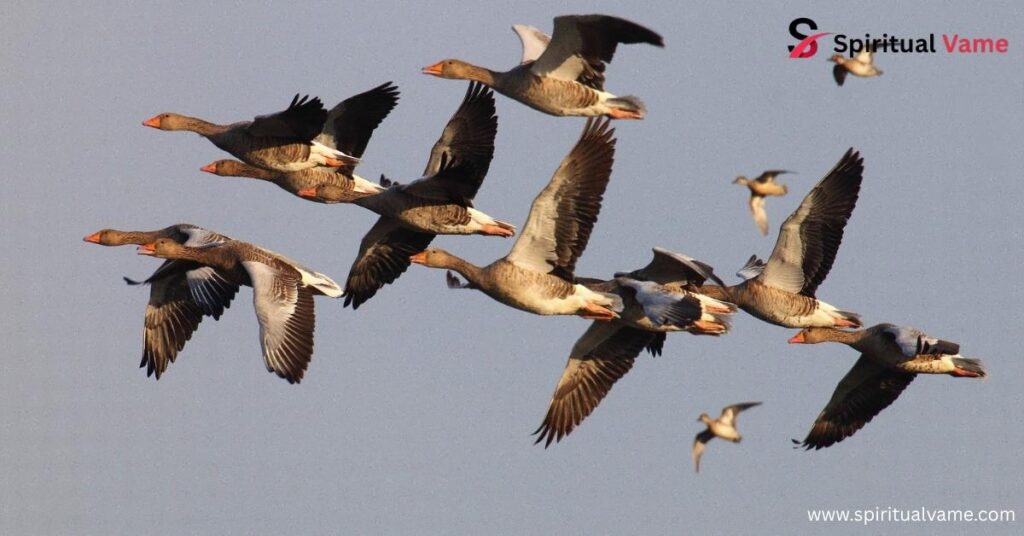
Long ago, birds likely made short trips to find food as seasons changed. Over many generations, these short movements turned into long-distance migration. Evolution favored birds that could travel farther because they found richer breeding grounds and better wintering grounds. Species like the Spoon-billed Sandpiper and the Swainson’s Hawk show how migration strategies have developed through time.
Studies by organizations like the Cornell Lab of Ornithology and Spiritualvame suggest that climate change and habitat fragmentation have also played roles in shaping migration patterns. Birds have to constantly adapt to new conditions, shifting their paths to match resource abundance. The result is a finely tuned dance across continents, full of hidden struggles and spectacular feats of endurance.
What triggers migration?
Migration is triggered by a mix of environmental cues and biological changes. As days get shorter and temperatures drop, birds experience changes in their bodies. Their hormonal changes lead to a state called migratory restlessness, or Zugunruhe, where they become restless and eager to move.
Food scarcity plays a major role too. As insect populations drop with the cooling weather, birds must seek new places where food remains plentiful. For instance, the Mississippi River flyway becomes a busy path for millions of migrating birds heading south. Changes in daylight length, temperature shifts, and the fading of resources signal to birds that it’s time to take off.
How do birds navigate?

Birds are master navigators. They use the sun during the day and the stars at night to find their way. Some species can even sense the Earth’s magnetic field, like a built-in compass. Navigation also involves recognizing landmarks like mountains, rivers, and coastlines. Incredibly, studies show birds use their sense of smell too!
Species like the Bar-tailed Godwit fly non-stop over oceans, guided by invisible maps created by generations of migration. Technology like the Motus Wildlife Tracking System helps scientists understand these mysteries better. Knowing how birds navigate helps conservationists protect critical stopover habitats along migratory routes.
Migration hazards
Migration is never easy. Birds face many dangers like bad weather, strong winds, and predators. They can suffer exhaustion and starvation if they can’t find enough food during the trip. Collisions with tall buildings, glass windows, and communication towers kill millions of birds every year, especially in urban centers like the McCormick Place Lakeside Center in Chicago.
Light pollution is another serious threat. Birds get disoriented by bright city lights and often crash into structures. Programs like the Lights Out initiative work hard to turn off unnecessary lights during peak migration times, saving countless lives. Protecting birds during migration is a major focus of conservation efforts across the Great Lakes region and beyond.
Studying migration
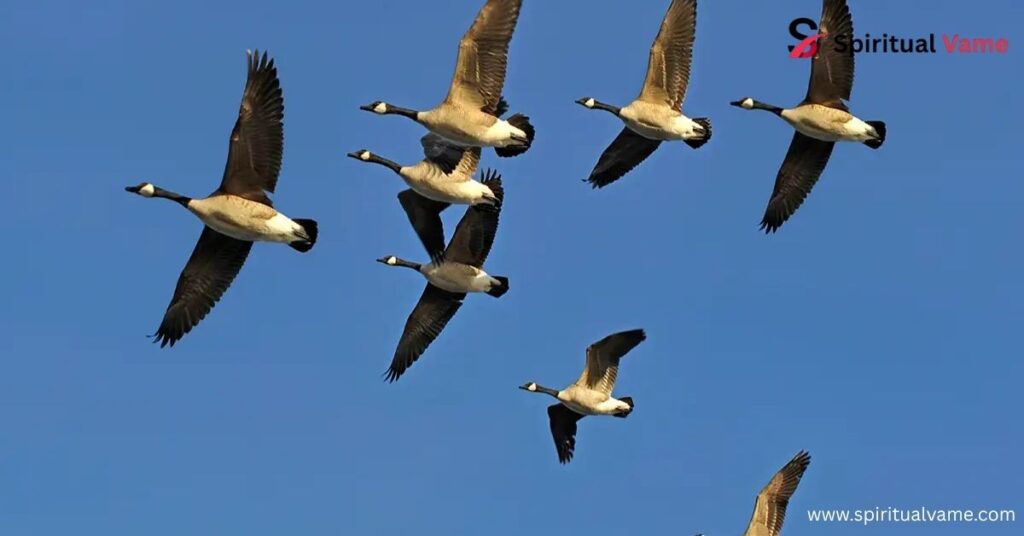
Scientists use amazing tools to study bird migration today. Traditional methods like bird banding are still useful, but newer technology like satellite tracking and radar give us deeper insights. Data from the Motus Wildlife Tracking System allows researchers to follow birds’ paths over thousands of miles.
Using semantic parsing, corpus analysis, and topic modeling, scientists can predict how climate change might alter migratory patterns in the future. BirdLife International and the U.S. Fish & Wildlife Service support major studies that use this information to craft better conservation strategies and protect critical flyways.
What is a migrant trap?
Sometimes, weather or geography pushes large numbers of migrating birds into small areas called migrant traps. These places can be goldmines for birdwatchers but stressful for the birds. In the USA, famous migrant traps include High Island, Texas, and Cape May, New Jersey.
These areas often serve as crucial stopover sites where birds can rest and refuel after long flights. Ensuring these habitats stay healthy is vital for the survival of birds during their exhausting migrations. Public awareness campaigns around Bird City programs help protect these precious hotspots.
Range maps
Range maps show where birds live during different seasons. They illustrate breeding, wintering, and migration zones clearly, helping scientists and birders track populations and movements. Using range maps, it’s easier to see how different species like the Common Yellowthroat adapt their routes over time.
These maps are built using named entity recognition and massive sets of tokenized data from citizen science platforms like eBird. Thanks to these tools, conservationists can monitor bird trends and predict future changes in ecosystem health.
Migration: It’s a Risky Journey!
Flying thousands of miles exposes birds to enormous dangers. Not every bird will survive the trip, and that’s heartbreaking. But through public action, science, and programs like those led by the U.S. Fish & Wildlife Service, we can help give birds a fighting chance.
When you think about it, the sheer willpower birds show is inspiring. From tiny hummingbirds to mighty hawks, they put everything on the line just to survive and bring new life into the world.
Why Birds Migrate
At its heart, migration is about life itself. Birds migrate to follow food, to find safe places to nest, and to escape harsh weather. It’s nature’s way of balancing survival with opportunity.
Without migration, many species like the Spoon-billed Sandpiper and Swainson’s Hawk could vanish. Protecting the ancient paths birds travel every year is a promise to protect the Earth’s rich biodiversity.
Food
Food availability drives much of migration. Insects, nectar, fruits, and seeds can be plentiful in one place one season and vanish the next. Birds like the Black Tern must move to keep up with these shifting feasts.
When birds migrate, they ensure they always have access to the energy needed for survival and reproductive success. Without the promise of food, no journey would be worth the risk.
Nesting
Birds also migrate to find the best nesting spots. Rich wetlands, forests, and grasslands provide the perfect conditions to raise chicks safely. Areas like the Gulf of Mottama are critical nesting grounds for endangered species.
Choosing where to nest can mean the difference between a thriving generation or complete failure. Safe, healthy nesting areas are at the heart of migratory success.
What do birds need to make the journey?
Birds prepare intensely before they migrate. They feed heavily to build up fat stores, molt to ensure strong feathers, and sometimes even grow larger muscles. This preparation is vital, especially for species like the Bar-tailed Godwit, which makes one of the longest non-stop flights known.
Without these changes, the brutal demands of the journey would be too much. Nature’s careful design allows birds to conquer the impossible.
What are migration hazards birds face?
Aside from natural threats like storms, human activities create massive hurdles. Habitat destruction, urban development, tall buildings, communication towers, and oil spills kill millions of migrating birds each year.
Programs like Audubon Great Lakes focus on restoring safe migratory pathways, ensuring birds have healthy places to rest and refuel.
What Can You Do to Help?
You can make a difference! Keep outdoor lights off at night during migration seasons. Plant native trees and shrubs. Support groups like the U.S. Fish & Wildlife Service and BirdLife International. Even small actions, done together, can create enormous change.
Together, we can turn the tide and protect the wonder of migration for future generations.
Wing-to-wing
When you act to protect birds, you join a worldwide effort. Your actions, combined with others, form a powerful network of care stretching from city parks to wild forests. Birds need you, and helping them has never been easier or more important.
Every native plant you grow, every light you turn off, every conservation group you support brings us closer to a world where migration remains a living miracle.
Additional FWS Programs
The U.S. Fish & Wildlife Service runs amazing programs like the Migratory Bird Program, the North American Waterfowl Management Plan, and Partners for Fish and Wildlife. These efforts protect vital habitats for breeding, resting, and wintering, helping ensure survival for species like the Swainson’s Hawk and White Stork.
The Arctic Tern traveled across oceans, the Swainson’s Hawk soared over grasslands, and the Common Yellowthroat sang in Midwest meadows. From deserts to coasts, each species faced its own set of challenges, yet all shared the same goal: to survive, thrive, and raise the next generation.
Safe passage for Migratory Birds
Industries like wind energy and construction are partnering with conservation groups to protect Migratory Soaring Birds. Initiatives adjust turbine placements, dim lights, and protect migration corridors.
It’s a win-win for birds and for businesses committed to sustainability and protecting biodiversity.
Conclusion
Bird migration is one of nature’s most incredible phenomena. Understanding why birds migrate helps us appreciate their resilience and the delicate balance they maintain with the planet. Protecting migratory birds means protecting life itself. Every step we take today will echo through the skies for generations to come.

